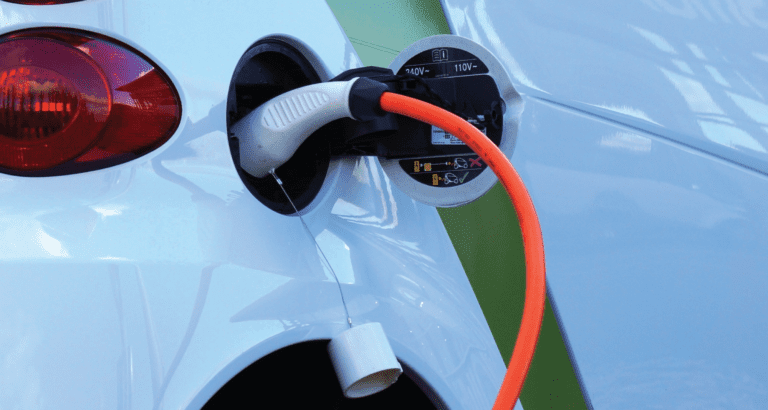
Electric vehicles are an important part of the future state of mobility and our environment. If your organization is currently utilizing or planning to incorporate alternative powertrain vehicles in your fleet, there should be a detailed section in your fleet policy that speaks to charging requirements, energy reimbursement and usage. To help you get started, we would like to share some ideas you should consider when framing your fleet EV policy.
Vehicle Eligibility and Reassignment
Begin by thinking about all the factors that may be involved in operating an EV such as vehicle cost, tax implications and the driver’s role. EVs might be viewed as a more prestige vehicle. If there are situations where the operator is eligible for an EV, you should also include situations where they may become ineligible. For example, if they move from a house to an apartment where an individual at-home unit cannot be installed, does that EV get reassigned? Or if your company requires EVs, be sure alternative charging options are clearly outlined if there is no access to home-charging. Your policy should also include details about what to do in the case that the vehicle needs to be reassigned.
Home Charging
For home charging, the first consideration is who will handle the payment of the charge equipment and installation. Will this expense come out of the fleet budget or a separate department? Will your company reimburse drivers for this expense or are you expecting the driver to absorb the cost? If you are serious about EV adoption within your fleet, you should consider reimbursing the driver for this cost because if not, it may deter them from selecting an EV as an option.
Installation may result in additional repairs that are needed to items like drywall or stucco. Be sure drivers are aware of this possibility and have clarity as to how to manage repairs if the installation causes damage. Will it be reimbursable? How do they seek that reimbursement?
Another aspect of home charging to consider is employee turnover. If a driver moves (not a company relocation) or leaves the company, are they able to keep the charger? If they relocate, will the company support a charger at their new home?
Finally, what about a second home? Will your company provide support for drivers who may have more than one residence?
Electricity Reimbursement
The best way to reimburse a driver for their electricity use is a highly discussed, and evolving, topic. Whether your fleet program includes leased, reimbursement or a combination, you’ll want to adopt a solution for all situations that works best for your organization. You’ll need to address home, public and workplace charging. Your policy should also address personal versus company-time charging.
You’ll need to be mindful about how your reimbursement program overlaps with your other support programs. For example, if you’re providing drivers access to public charging, or installing chargers, you’ll have access to more data to understand what the driver might be owed. If you don’t have that level of data, your reimbursements may need to be based more on averages and estimates.
The reimbursement program is also a solution that you’ll want to collaborate internally with others on. Your finance, risk, HR, and/or legal teams might want to weigh in on this policy and other topics since these are newer programs for employees.
Branch Site Location Charging / Depot charging
It is important to discuss energy needs with your facilities groups. Sites where EVs ‘sleep at night’ will need sufficient energy to charge the vehicles. Additionally, you want to be sure vehicles start the day with a full charge. Outlining these expectations within your policy ensures your vehicles will start the day with maximum range. We recommend starting these discussions early to ensure you are aligned with your various partners, such as the dispatch coordinator and site manager.
Operator Behavior
Charging an EV is a learned behavior. In many ways, operators need to unlearn the behaviors associated with fueling an ICE vehicle. It is common practice for people to wait until their tank is almost empty before refueling. Best practices are very different with an EV. Until mass adoption is achieved, charging locations will not be as prevalent as gas stations. Make sure your policy clearly states charging best practices to avoid battery issues, roadside events and high charging expenses.
Having a policy for electric vehicles (EVs) in a fleet can help to ensure that the organization makes the most of the benefits that EVs offer, while minimizing any potential downsides. A well-designed policy can help to ensure that EVs are used in the most cost-effective and environmentally friendly way and can help to set clear expectations for employees who use them. We hope this information will help you to craft your own policy geared towards your unique company needs. If you are just starting out or looking to improve and refine an existing policy, please let us know if Wheels Donlen LeasePlan can support you in any way.